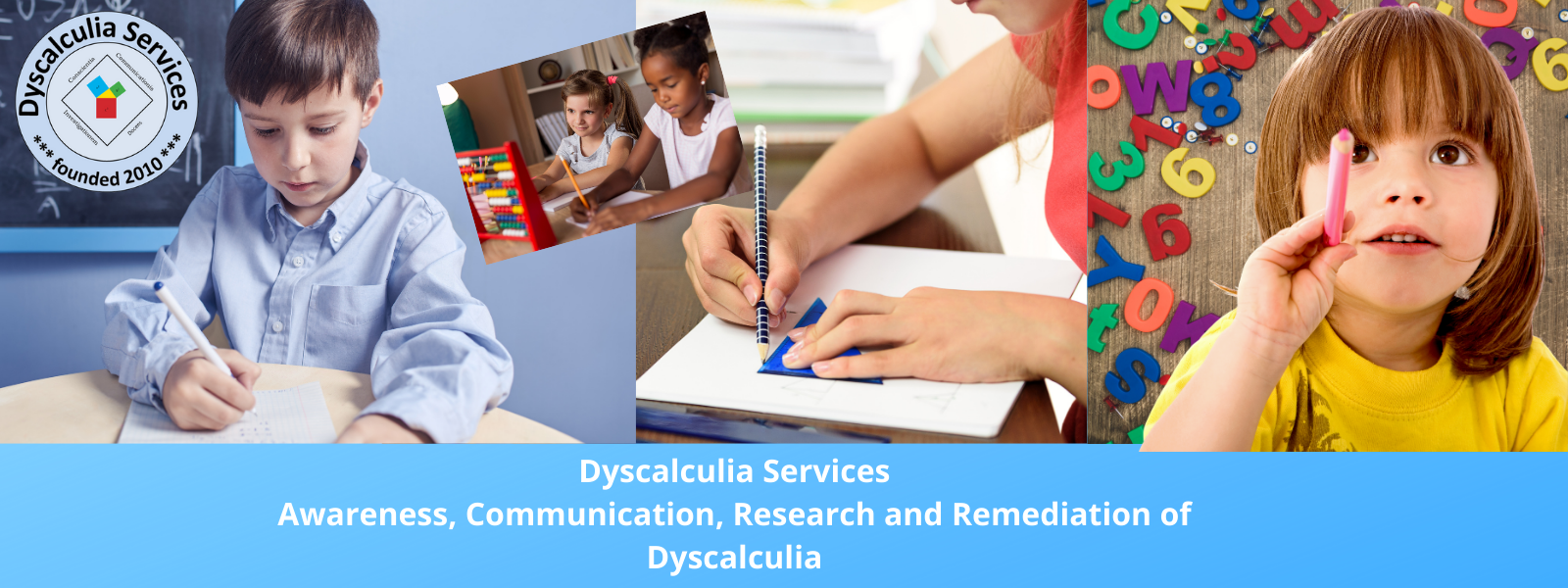Teach your child the numbers in less than 10 minutes a day.
1. Number Walk
There’s a reason kids like to touch everything. And as much as it can be annoying at times, it fits right in with their development: soaking up new experiences as a sponge. The brain can memorize best when the input is multi-sensorial and involves some sort of movement. Real 3D objects that can be touched and manipulated are essential for learning and those that are meaningful in a personal way stick best. Fun is the educational ‘glue’ that will tie it all together and will easy the way into longterm memory and will help your child ‘stick’ with the activity!

After your child is able to count out loud to ten and has shown an interest in written numbers you can do the next activity (usually around 4 years). You will be surprised how eager she is to learn the numerals, memorizing them through words combined with movements in less then 10 minutes a day..
Start with finding out what is important for your child to show the numbers from one to ten. The emotional attachment to the object is the crucial aspect. Ask what her favorite one is. It might be a doll, the bedtime stuffed animal, or another special toy. Ask her to tell you why that is the best ‘one’. The answer for two might even be her new mittens; three might be tied to the wheels of the tricycle, etc. You get the gist: anything she is coming up with. This is the great advantage you have at home over any group learning: it ties in with the individual preferences of your child.
 Make a sticky with the corresponding numeral on the top half and the number in dots/asterisks on the bottom half. Attach it to the object. After you have introduced the second number you do the ‘walk around the house counting’. Ask your child to lead you from one object to the other in numerical order. At the object you model mentioning the name, counting the number by touching on the object, by pointing on the dots/asterisks on the sticky, than counting by clapping and stepping, and saying the number (so every number is counted out four times in different ways).
Make a sticky with the corresponding numeral on the top half and the number in dots/asterisks on the bottom half. Attach it to the object. After you have introduced the second number you do the ‘walk around the house counting’. Ask your child to lead you from one object to the other in numerical order. At the object you model mentioning the name, counting the number by touching on the object, by pointing on the dots/asterisks on the sticky, than counting by clapping and stepping, and saying the number (so every number is counted out four times in different ways).
After a few days your child will take the lead. When you have all ten make it harder by folding back the lower half of the sticky with the dots, so your child only sees the numeral. Allow peeking. Deal with any mistakes in a positive way, ask her to try again or give a hint when necessary. Praise the process instead of the product and do it often. Have fun!
2. Bedtime book
Once you have all ten real objects you are ready to start the book. Make a page for each number. Take at least several days per number and repeat the previous pages before you proceed to the next number. Figure out how each number will be made together with your child: using crayon, colored pencil, paint, a cut out, etc.. Wordart in word makes contour numerals that you can print out in large font. Your child can use little stickers or pieces of paper to fill in the in the shape of the numeral. Discover your child’s creativity: have her draw the object, cut out pictures from magazines, make your own picture, etc.
Include each page in the ‘walk around the house counting’ at the point of that object. Model ‘skywriting’ the numeral with a pointed finger and straight arm while looking at the page and encourage your child to join in.
Every day, ask your child to put the pages in the right order after walking through the house. Eventually staple the pages together with nicely colored construction paper as front and back. Be proud when your child reads out loud her number book to you at bedtime over and over.
Look for more info about helping your child make the step from concrete objects, to pictorial and abstract representations that is propelling them into future math proficiency at www.dyscalculiaservices.com

